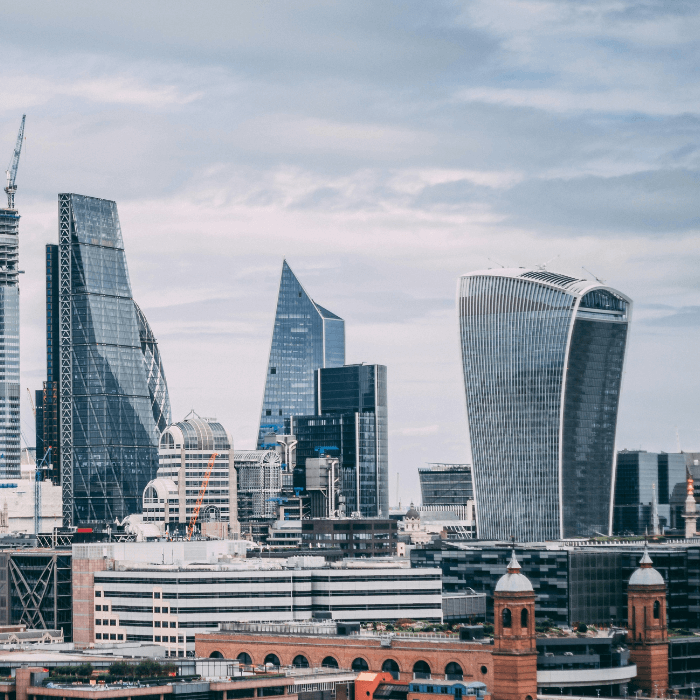Navigating Economic Turbulence: Technical Recession Hits UK
Category: Invest

Gross domestic product (GDP) figures released last week show the United Kingdom entered a ‘technical’ recession in the fourth quarter of 2023. A recession is defined as two consecutive quarters of negative GDP growth.
The UK finds itself at a critical juncture as economic indicators reveal a complex interplay of factors. Data has shown a steady decline in inflation numbers since the middle of last year, as the Bank of England targets the key 2% level. However, the January inflation reading showed prices growing at an annualised 4%, equal to the reading from the previous month, and higher than 3.8% expected. A pause perhaps?
What is surprising is the fact that the unemployment rate has begun to fall, alongside price inflation. Established economic theory suggests that a fall in unemployment will cause increased bargaining for higher wages, which then feeds through to price inflation (as measured by the Consumer Price Index).
This paradigm signals that perhaps supply-side factors to inflation, such as supply chain disruptions and higher energy prices, had in fact been the driving force causing inflation to peak at over 10% this time last year.[1]
The Governor of the Bank of England, Andrew Bailey, described the UK recession as ‘the weakest in a long way’, and asserted that there are now ‘distinct signs of an upturn’. This came amid pointed questioning from MPs on why the bank was not cutting interest rates. The governor held steadfast, stating there would be no imminent interest rate cut, with many expecting the first cut in May.[2]
Analysts at Capital Economics predict the Bank of England will slash the base interest rate down to 3% by the end of 2025. They’re even eyeing June of this year for the first cut. Meanwhile, Berenberg Bank offers a more cautious outlook, suggesting that rates will only drop to 4% by the end of next year.
Regardless of these predictions, it’s important to consider the recent policy meeting held on 1 February, where six committee members voted to maintain the base rate at 5.25%, whilst two favoured an increase and one supported a decrease. This marks the third time in a row we’ve seen this kind of split decision. So, it’s starting to look like those rate reductions might not happen as quickly as some are suggesting. [3]
Falling interest rates tend to be supportive of the gold price, which continues its consolidation at around £1,600 (per troy ounce). Could this indicate a good time to start investing in gold?
Discover The Royal Mint’s most popular gold bullion products here.
Notes
The contents of this article are accurate at the time of publishing, are for general information purposes only, and do not constitute investment, legal, tax, or any other advice. Before making any investment or financial decision, you may wish to seek advice from your financial, legal, tax and/or accounting advisers.
Sources
[1] - UK Inflation and GDP Update – January 2024 | The Royal Mint
[2] - UK recession may already be over, says Bank of England boss - BBC News
[3] - When will interest rates go down in the UK? - Times Money Mentor (thetimes.co.uk)
Transitory? UK inflation can't be explained away by Bank's easy answers (cityam.com)









